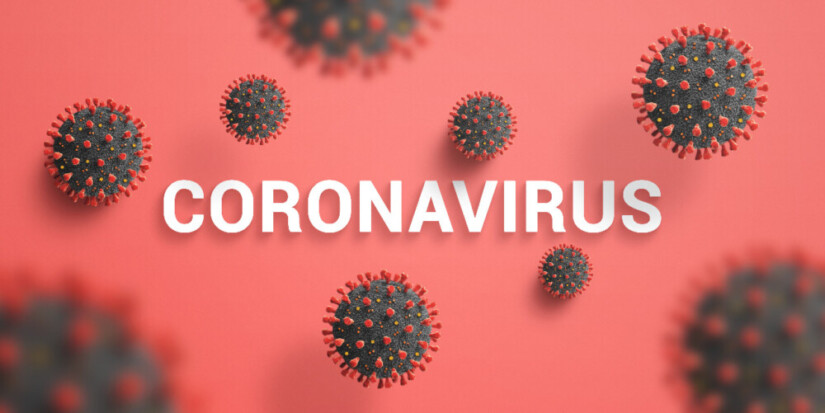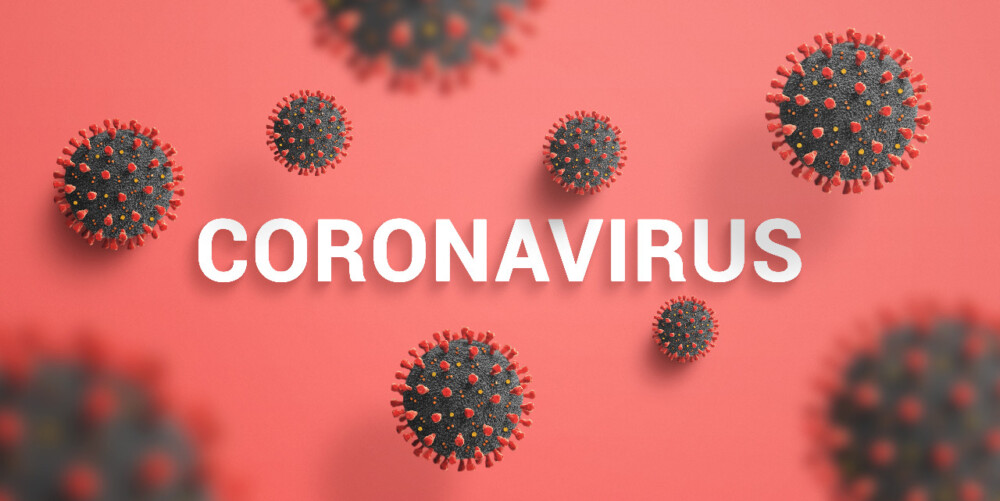UGM statisticians and UGM FMIPA alumni delivered optimist prediction results related to the spread of COVID-19 in Indonesia. They predict COVID-19 infection in this country will stop by the end of May 2020.
“From the results of the COVID-19 pandemic analysis will end on May 29, 2020, with a minimum total of positive sufferers of around 6,174 cases. With government intervention, the total number of positive corona sufferers is around 6,200 at the end of the pandemic at the end of May 2020,” explained the Professor of Statistics UGM, Prof.Dr.rer.nat Dedi Rosadi, S.Sc., M.Sc., during an online press conference on Wednesday (1/4).
Dedi, as the person in charge, made mathematical modeling predictions together with some experts. They are Heribertus Joko (alumnus of the Faculty of Mathematics and Natural Sciences UGM) and Dr. Fidelis I Diponegoro (Worry Marketing author and PPRA Lemhanas RI alumni).
The model created is called a probabilistic model based on real data or probabilistic data-driven models (PPDM).
He said the results of this prediction conveyed to give the number of results of the prediction of dynamic mathematical models on the actual data of patients with COVID-19, which tend to be pretentious and too excessive. Through this model, the maximum addition number of estimation of total COVID-19 sufferers every day is around the second week of April 2020, which ranges from 7 to 11 April 2020.
“The addition of approximately 740-800 patients per 4 days, and we expect to continue to decline after that,” explained FMIPA lecturer.
Based on available data, the estimation released that the pandemic will end approximately 100 days after March 2, 2020, or around May 29, 2020. The maximum total number of positive COVID-19 sufferers is around 6174 cases.
He explained since mid-May 2020, the total addition of sufferers was relatively small. Referring to this result, Dedi suggested not to perform the Lebaran mudik rituals and tarawih activities in the mosque during Ramadan. Strict intervention by the government through a partial lockdown and rigorous physical imprisonment continues until the pandemic ends in early June 2020.
The prediction recorded based on patient data until Thursday (3/26/2020), and there is an assumption that there has been a strict intervention from the government since the third week of March 2020. Furthermore, the effect of travelers from big cities affected by COVID-19 during the enactment of the rules of maintaining physical distance since the week the third of March 2020 is assumed to be insignificant.
This model also limits other external effects, such as air temperature, population, and population density, which are assumed to have no significant impact on the number of sufferers.
Dedi further explained that the model they used was a queue theory model. The prediction presented is based on patient data until Thursday (3/26), and there is an assumption that there has been a strict intervention from the government since the third week of March 2020.
The model assumes the process of patients coming to the hospital as positive COVID-19 sufferers following the Markovian queue process. After matching the model to the total data of positive COVID-19 sufferers, Dedi and the team were able to explain many essential phenomena based on the model they used. The PDDM model is a refinement of the underlying statistical model developed by Heribertus Joko Kristadi.
Dedi said that along with several Ph.D. students, his guidance, the PDDM model was tried and compared with various statistical models, machine learning, and time series such as the Gompertz curve, Logistic model, Exponential Model, ARIMA, and others. However, this PDDM model is better for describing the total data of patients with COVID-19.
The first reason, although the PDDM model is simple but can provide an excellent one-day prediction accuracy going forward. Comparable to the predictive ability of complex machine learning models.
“The second reason, the PDDM model also has many advantages that are not partaken by other models has examined and developed before,” he explained.
Dedi claims based on the PPDM model, the average error prediction error over the past two weeks is only 1.5 percent. After testing the predictions for the last four days since Thursday (26/3), this model turned out to be very accurate, with the resulting error always below 1 percent.
“The maximum error is 0.9 percent and a minimum of 0.18 percent,” he said.
Another advantage is that the PDDM model can predict the worst time and the end time of the COVID-19 pandemic in Indonesia.
According to Dedi and the team, the PDDM model will continue to be updated every day so that the predictions from the model will truly reflect changes from existing data. The studies they convey are based on optimistic scenarios but can also be used to test various situations due to interventions and or the influence of significant external factors.
For example, with this model, the effect can be simulated if there is an increase in COVID-19 sufferers in the last week of March 2020 due to a large number of homecoming travelers from large cities affected by COVID-19 to other regions.
The prediction given by Dedi Rosadi and his colleagues is more comforting than the results presented by several previous researchers who delivered predictions in extreme conditions to close to 2.5 million cases without intervention and with strict responses. However, even though these interventions were successful, minimal projections, in the end, the pandemic reached around 500,000 cases.
He added that if the predictions used inaccurate and overblown estimates, the one to worry about is that it would increase public unrest. Besides, it is also prone to be used unwisely by parties who have an interest. The dynamic mathematical model used by some parties gives excessive predictions with very high errors. Thus, there is a recommendation for Indonesia to use it carefully.
Author: Ika
Translator: Natasa A




